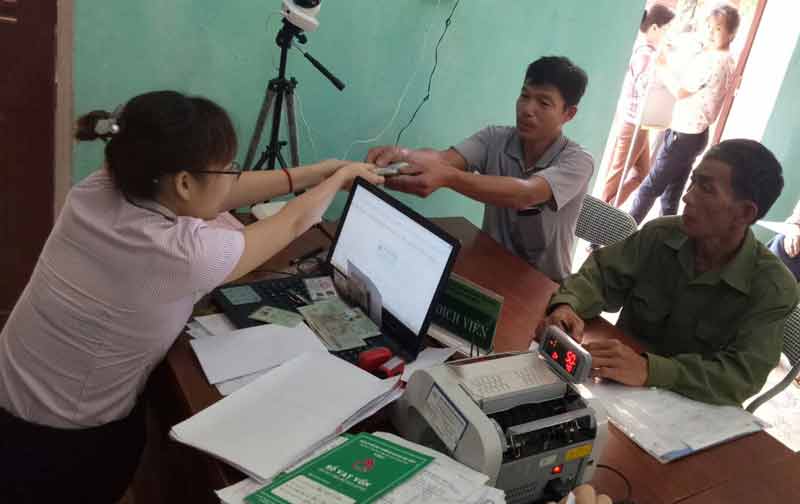
(HBO) - According to the Department of Agriculture and Rural Development, in order to form a concentrated production area, the People's Committee of the province has reviewed, adjusted and supplemented the Plan for the citrus development to 12,145 ha by 2020 with the orientation of 17,531 ha to 2025, in which 70% of citrus production area of the planned area have ensured the safety standards. Most of the areas are produced and certified to meet VietGAP standards.
The planning areas have met the conditions for the production
of the safe vegetable. Thereby, by 2020, there will have 9,128.5 hectares of
concentrated vegetable production land in the whole province, in which 5,299.5
hectares are eligible for production of the safe vegetables, which have been
studied on soil and water.
By the end of May, 2019, the production organizations and
individuals in the whole province have been guided and supported to complete
the procedures for the certification of VietGAP food safety and organic
conditions for 41 facilities. The certified area of VietGAP food safety and
organic conditions has reached 1,312.6 ha.
In recent years, in parallel with scientific research,
transferring the scientific and technological advances in crop production has
been contributing to improving productivity, output and quality of the
products. The appropriate authorities have stepped up their understanding of
the market, the trade promotion for agricultural products, especially
developing the brand of the key products, maintaining the value of the citrus
products and vegetable.
Mr. Tran Van Tiep, the Director of Department of Agriculture
and Rural Development says from identifying the specific products with the
local advantages to invest in the development resources, the province has
formed the concentrated production areas such as planting oranges in Cao Phong,
Lac Thuy and Kim Boi dítricts; pomelo growing areas in Tan Lac, Yen Thuy and
Luong Son districts; chayote vegetables in Tan Lac, Mai Chau; Mai Chau Purple
Garlic; Luong Son organic vegetable and so on. And making the chain production
has contributed to improving the economic efficiency for farmers.
According to data from the Hoa Binh Provincial Party Committee, the industrial production index for the first six months of 2025 is estimated to have increased by 20% compared to the same period last year. This marks the highest year-on-year growth rate for this period since 2020.
In the first six months of 2025, Hoa Binh province’s export turnover was estimated at 1.145 billion USD, marking an 18.11% increase compared to the same period in 2024. Import turnover was estimated at $ 804 million, a 17.15% increase, which helped the province maintain a positive trade balance.
The lives of the ethnic minority farmers in Tan Lac district have gradually improved thanks to the new directions in agricultural production. This is a testament to the collective strength fostered through the professional associations and groups implemented by various levels of the district’s Farmers’ Union.
With the motto the "product quality comes first,” after nearly one year of establishment and operation, Muong village’s Clean Food Agricultural and Commercial Cooperative, located in Cau Hamlet, Hung Son Commune (Kim Boi district), has launched reputable, high-quality agricultural products to the market that are well-received by consumers. The products such as Muong village’s pork sausage, salt-cured chicken, and salt-cured pork hocks have gradually carved out a place in the market and they are on the path to obtaining the OCOP certification.
In the past, the phrase "bumper harvest, rock-bottom prices" was a familiar refrain for Vietnamese farmers engaged in fragmented, small-scale agriculture. But today, a new spirit is emerging across rural areas of Hoa Binh province - one of collaboration, organisation, and collective economic models that provide a stable foundation for production.
Maintaining growing area codes and packing facility codes in accordance with regulations is a mandatory requirement for agricultural products to be eligible for export. Recently, the Department of Agriculture and Environment of Hoa Binh province has intensified technical supervision of designated farming areas and packing facilities to safeguard the "green passport" that enables its products to access international markets.


